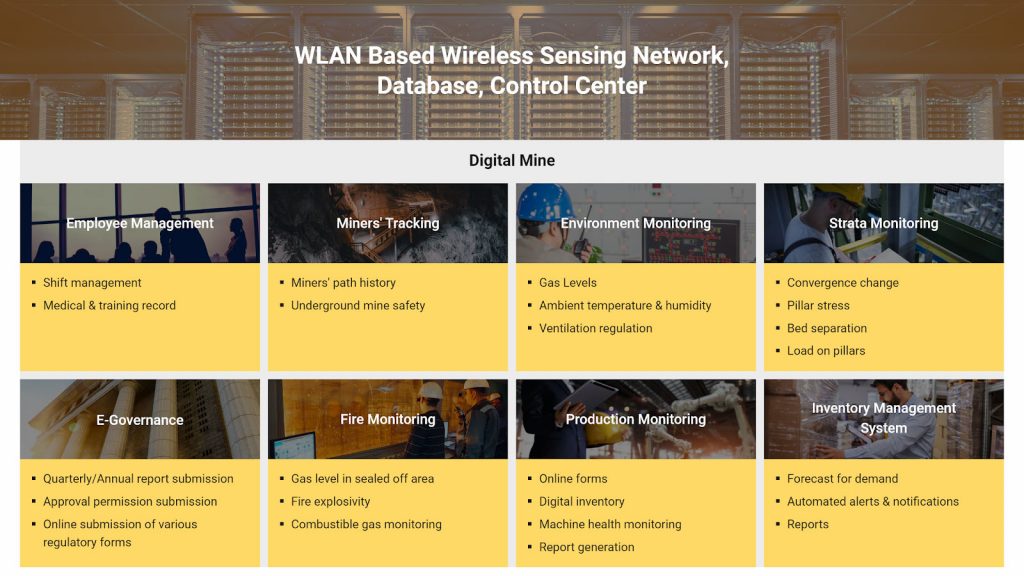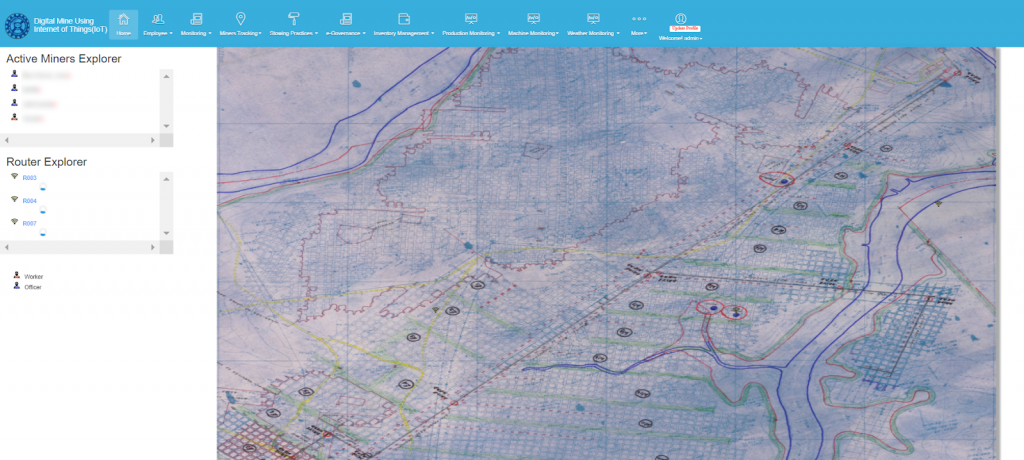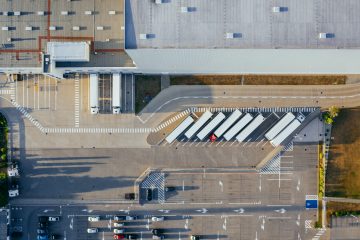As per the statistical report of Directorate General of Mines Safety (DGMS), there were around 2460 fatal accident cases recorded during 1992-2015 in Indian coal mines in which 2990 miners died and 446 miners were injured.
The major causes of disasters in Indian Underground coal mines during 1901-2007 were roof fall (57%), side fall (10%), explosion (16%), inundation (14%) and fire/gas (3%) excluding other causes of mine hazards.
There is an urgent need for deploying an intelligent system by integrating sensors, wireless network and Artificial Intelligence for real-time monitoring and prediction of underground mine parameters, to ensure maximum safety and sustainability.
Knowledge Lens has been recognized & authorized by the Central Institute Of Mining & Fuel Research, Dhanbad to implement a Digital Mine driven by software technology. We signed this MoU for technology transfer at the Platinum Jubilee celebrations of CSIR-CIMFR.
Manage Equipment, Track Machine Health and Create Automated Production Cycles.
Here’s a brief overview of our Digital Mining capabilities powered by Digital technologies:

Employee Management:
- Structured performance review procedures for efficient shift management.
- Secured Monitoring of Plant premises and/or Corporate HQ.
- Live Enterprise Dashboards depicting Employee Attendance, Training Records & Rescue Records.
- Facial Recognition of employees across the mine.

Employee Management Snapshot
Environmental Monitoring:
- Determine Fire Status and Explosibility in sealed off areas in mines.
- Real-time capture of environmental parameters such as Humidity, Temperature and Air Velocity.
- Data acquisition and presentation in various formats inclusive of a 3-D Map View of the mine.
- Record and display of real-time data of different gases in mines.
Environmental Monitoring Snapshot
Predictive Analytics for Fire and Explosibility:
- Hazardous Gases (CH4, CO2, CO, O2 and H2 ) Detection and Monitoring solution for occupational safety and health management.
- Position sensors & condition sensing sensors for gas detection and air quality monitoring installed in tunnels for prevention of hazardous gas leak.
- Continuous monitoring system to evaluate air quality, along with predictive analytics on gas concentration, fire and explosibility.
Strata Monitoring:
- Sensor values are checked against a set of threshold values, following which three levels of audio-visual warning signals with SMS/email, and reports are carried out.
- Predictive mechanism of roof fall by monitoring the condition of strata parameters covering load of roof at a particular point, convergence of roof, bed separation, and stress on pillars.
- Definition of warning limits of various parameters to draw out ‘dos and don’ts’ of operations for safe withdrawal of men and equipment from vulnerable zones.
- Identification of vulnerable zones/places of load concentration based on data collected periodically.
Slope/ Landslide Monitoring:
- Real-time monitoring, prediction, warning system developed using indigenous sensors such as Rainfall, Extensometer (Crackometer), Inplace inclinometer, Tiltmeter, Piezometer, etc.
- Continuous Live-feed of real-time data on slopes across the mines in a 3-D map view of the mine.
- Remote Management of Slope sensor devices calibration.
Intelligent Miner Tracking:
- Uses a single Wi-Fi network for transferring sensor data, voice and video from different locations of underground mine to a remote-control room at surface.
- Portable wireless communication device supports full duplex communication, which allows both miners to speak and listen simultaneously using a common WLAN network (2.4GHz 802.11b/g/n/ac).
- IP-based communication devices used to communicate with miner(s) when broadcasting is required.
- Real-time location view of the miner on a 3-D model of the underground mine created by geo-referencing and mesh model.

Miner Tracking Snapshot
E- Governance:
- Centralized maintenance of data on approval/license/suspension/ cancellation/accident investigations.
- Highly transparent and accountable system with online availability of records, application status & submission details.
- Accident and statistics management integrated with various regulatory bodies of the Government of India.
- Timely alerts and notifications to submit various monthly, quarterly and annual reports of Coal, Metal, Oil, Explosives to DGMS , PESO and other regulatory bodies.
Inventory Management:
- Increased visibility of inventory across all mines enabling optimum level of inventory and avoiding dead stock of similar items across the mines.
- Proper utilization of material, avoiding product overstock, out-of-stock situations and minimizing inventory cost.
- Notification alerts via SMS/e-mail for respective store admins to distribute required products, enabling optimum inventory utilization.
- Demand forecasting through various analytical reports and dashboards.
Production Monitoring:
- Production and dispatch monitoring using weighbridge, weight meter, on-board weighing system, etc.
- RFID enabled tub/truck/tipper/dumper to track location and products running in each line, and record critical parameters.
- Monitoring and control of waste material.
- Provision for manual entry of production/dispatch using various methods like Tub Count, Rail/ Belt, Conveyor, Truck, etc.
- Various dashboards and reports on Production & Dispatch.
- Surveillance using wireless camera.
Machine Monitoring:
- Advanced Data Analytics by integrating existing silo Industrial Control Systems and Enterprise Systems and providing unlimited Data Historian.
- Advanced analytical features (Data Science/ML) and business logic to determine performance data with respect to machine status to improve quality & reduction in losses.
- Unified Industry 4.0 Analytical platform to handle real-time streaming data, optimized storage, compute and scalability with reduced TCO.
- Unlimited Historian to store large volumes of data for longer duration to perform advanced analytics.
Weather Monitoring:
- Hourly monitoring of micro-climatic parameters: (i) Wind speed, (ii) Wind direction, (iii) Temperature, (iv) Rainfall, and (v) Humidity.
- Monitoring of: (i) PM10, (ii) PM2.5, (iii) SO2 (iv) NOx, and (v) CO.
- Generation of monthly, seasonal and annual average reports.
- Wind rose diagram and frequency distribution report.
- Monitoring & analysis of environmental conditions that affect energy generation & consumption.
Operational Impact
- Reduce operational costs.
- Automate operations and workflows.
- Ensure a safe, sustainable and reliable workspace.
- Monitor operational assets in real-time.
- Ensure long-term maintenance of critical assets.
- Ensure absolute data security.
At Knowledge Lens, we constantly work towards improving our product technologies, so your business can do more for you. Visit us here to learn more about our products & solution offerings.


